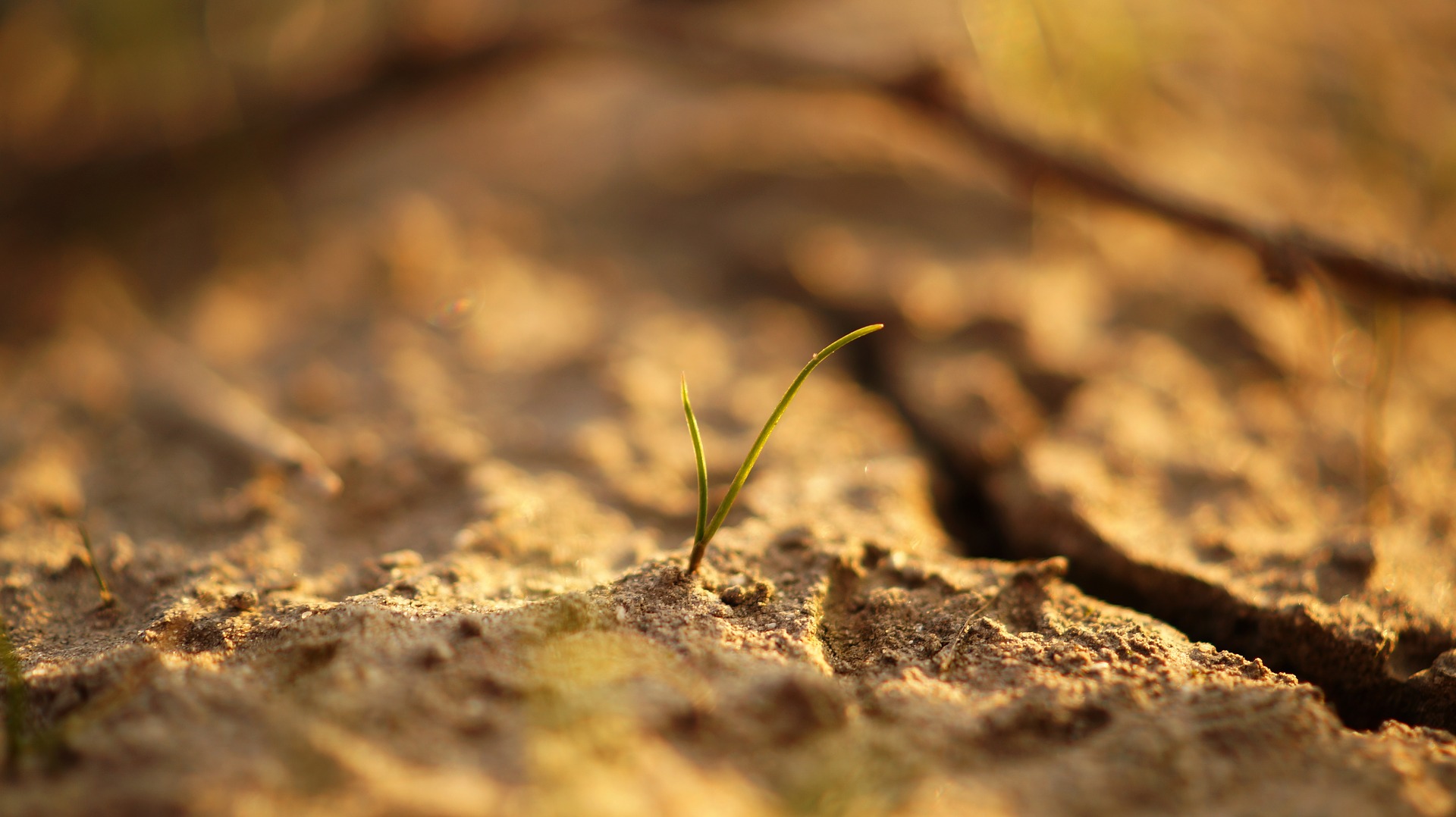Soil and Land Initiatives Seek to Spur Action Across SDGs
Author: Wangu Mwangi | Published: September 28, 2017
Recent research and initiatives undertaken by UN agencies, governments and NGOs highlight the links between soil health and the achievement of development goals and priorities related to climate change, agriculture, gender, biodiversity and poverty. Among them, the Land Portal Foundation, the UN Sustainable Development Solutions Network (SDSN) and the Global Land Tool Network (GLTN) launched a weekly blog series promoting land monitoring and information sharing for the Sustainable Development Goals (SDGs). Under the auspices of the Global Soil Partnership (GSP) of the Food and Agriculture Organization of the UN (FAO), regional and country-level activities are underway to boost soil monitoring capacities and data sharing for sustainable soil management.
In the first featured post under the new blog series titled, ‘Land and the Sustainable Development Goals,’ Jeffrey Sachs, SDSN Director, describes land use as “the most important bridge between the SDGs,” noting that land is at the heart of poverty eradication, food security, gender equality, water management, decent work, sustainable cities, ending climate change, and protecting biodiversity. Calling for new approaches to land-use planning, he highlights the launch of a study known as FABLE (Food, Agriculture, Biodiversity, Land Use, and Energy), which aims to enhance interactions among agronomists, foresters, conservationists, hydrologists, and climate scientists, as well as with the communities whose lives they impact. [Land and the SDGs Blog]
This theme is taken up in a Working Paper published by the FAO’s Land and Water Division, which explores current and emerging needs in land resource planning (LRP) for food security, sustainable livelihoods, integrated landscape management, and restoration. The paper argues that the juxtaposed challenges of population growth, demands on limited resources by diverse actors, land degradation, biodiversity loss and climate change require the rational use of resources to sustain and enhance productivity and maintain resilient ecosystems. Noting the need for an updated set of integrated landscape management tools and approaches, the paper presents the results of a survey of LRP tools and approaches that led to the establishment of the FAO’s Land Resources Planning Toolbox to help decision-makers and land users put sustainable land management into practice. [Publication: Land Resource Planning for Sustainable Land Management]
During the 4th Regular Meeting of the South American Soil Partnership, held in Montevideo, Uruguay, in August 2017, seven countries launched a project to measure the organic carbon contained in their soils as part of a regional climate change adaptation and mitigation strategy. One of the main objectives of the project, which is being undertaken in Argentina, Bolivia, Chile, Colombia, Ecuador, Peru and Uruguay, is to release national soil organic carbon maps and work on a harmonized regional soil map by the end of 2017. By supporting countries to build their national soil information systems, the project aims to contribute to improved local decision making and to advise farmers and land users on how to restore degraded soil, tackle environmental challenges, increase yields and raise agricultural productivity. The project also seeks to strengthen the Latin American Soils Information System (SISLAC), as a decision making and policy development tool for the agricultural and rural development sector. [FAO-GSP Press Release on National Soil Information Systems in Latin America]

